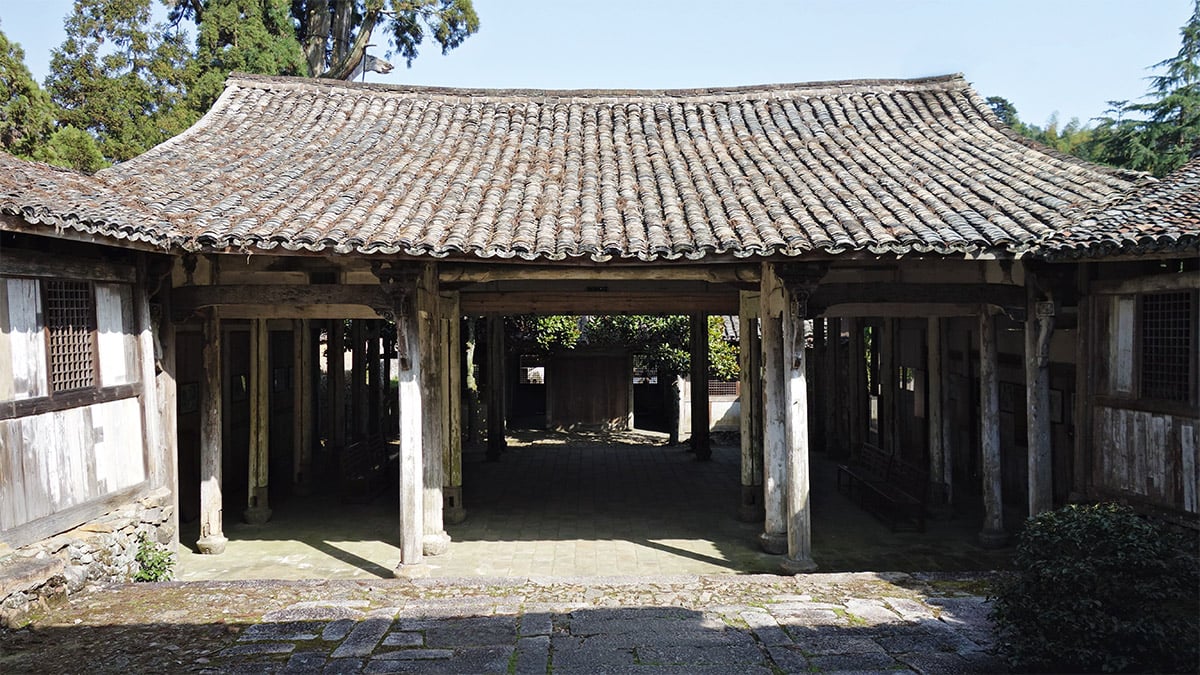Login
Registered users

The municipal nursery school in Guastalla, a little town in Italy’s Emilia-Romagna region in the centre of the Po Valley, is a highly symbolic achievement. Built to replace two similar facilities damaged by the 2012 earthquake, it stands for the area’s resolve to rebuild its communities but at the same time rethink the way educational spaces are organised, based on the idea that learning should be fun and that school buildings should help make that possible.
The programme is geared to creating an inviting space where children have a multitude of opportunities for experiencing and discovering the world. The materials used trigger a host of tactile and intangible sensations and encourage an inventive use of space. Glazed walls and intermediate areas create a close relationship between the interior and exterior, making the natural world a key component of the educational process. Not only a playground, the school grounds are also designed to bring children into direct contact with nature, with circulation pathways through the natural vegetation and gardens tended by them. Inside, priority has been given to play and learning-by-doing. Socialisation and play areas have been placed on the south-east side of the building, followed by more secluded areas, such as the restroom, dining room, toilets etc. The distribution circuit lies on the north-west side. The building develops on a longitudinal axis. Grouped in pairs, the class-cum-living- rooms lie along this axis, separated by intermediate areas and a winter garden. Glazed partitions allow for full views right through the building, a feature designed to stimulate the cognitive and social development of its young inhabitants. The regular sequence of environments is underlined by the striking timber partitions that curve up directly from the floor. All environments are naturally lit to enhance the child’s perception of sounds, colours and the tactile experience offered by the sinuous forms of...
Digital
Printed

The Power of Ideas
Wang Shu
In 2012 I was awarded the Pritzker Prize, often called the “Nobel of architecture”. I always knew I would win it one day, that it was just a matte...
Rotterdam MAPPING
We have finally reached Rotterdam. For an international journal like The Plan focused on urban transformation, this is one of the cities that can tru...
building New Quality in China
Atelier Deshaus
Discussion of contemporary Chinese architecture typically often focuses on the issue of poor quality expedient construction. However, while rapid low-...